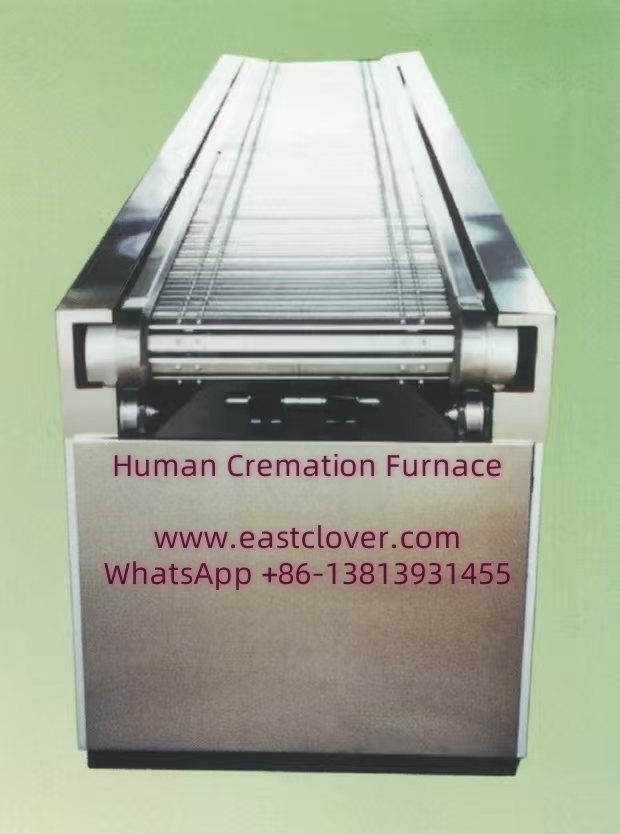Introduction
The deathcare industry has undergone significant technological transformations in recent years, with precision engineering and advanced furnace controls redefining the cremation process. Modern cremation furnaces are no longer rudimentary incinerators; they are sophisticated systems designed for efficiency, environmental compliance, and respectful handling of remains. This news explores how precisely controlled cremation furnaces work, the engineering innovations driving this evolution, and their transformative impact on deathcare services.
Precise Control Cremation Furnace: Core Components
At the heart of modern cremation technology lies the precise control cremation furnace. These systems integrate advanced mechanical, thermal, and digital components to ensure accuracy, safety, and sustainability.
1. Temperature Regulation Systems
Precision furnaces employ closed-loop temperature control mechanisms using thermocouples, infrared sensors, and AI-driven algorithms. These tools maintain optimal combustion temperatures (typically between 1,400°F and 1,800°F) to ensure complete decomposition while minimizing energy waste. Variations as small as ±10°F are continuously corrected, ensuring consistent results.
2. Automated Loading and Combustion
Robotic systems now handle the placement of remains into the furnace, reducing human error and operational risks. Programmable logic controllers (PLCs) adjust air-to-fuel ratios in real time, optimizing combustion efficiency and reducing emissions.
3. Real-Time Monitoring and Feedback
Sensors embedded throughout the furnace track variables like pressure, oxygen levels, and particulate matter. Data is relayed to centralized dashboards, enabling operators to make instant adjustments. Cloud-based software also logs performance metrics for compliance reporting.
4. Emission Control Mechanisms
Advanced secondary chambers and scrubbers neutralize harmful byproducts such as mercury (from dental amalgams) and dioxins. Catalytic converters and electrostatic precipitators further reduce particulate emissions, ensuring adherence to environmental standards like EPA guidelines.
Precision Engineering in Cremation Technology
The shift toward precision engineering in cremation reflects a broader trend of integrating industrial automation and IoT into deathcare. Key innovations include:
Material Science Advancements
Refractory materials lining modern furnaces, such as alumina-silicate ceramics, withstand extreme temperatures while minimizing heat loss. This extends equipment lifespan and reduces energy consumption by up to 30% compared to traditional brick-lined furnaces.
Aerodynamic Design Optimization
Computational fluid dynamics (CFD) models are used to design combustion chambers that promote uniform heat distribution. This eliminates “cold spots” and ensures thorough cremation without overusing fossil fuels.
IoT and Connectivity
Smart furnaces can self-diagnose mechanical issues, schedule maintenance, and even order replacement parts autonomously. Remote monitoring allows funeral homes to manage multiple locations from a single interface, streamlining operations.
Impact on the Deathcare Industry
Sustainability Compliance
With stricter environmental regulations, precision-controlled furnaces help funeral providers reduce their carbon footprint. For example, Mercury Abatement Systems (MAS) in modern units capture over 95% of airborne mercury emissions.
Ethical and Cultural Sensitivity
Families increasingly demand transparency in the cremation process. Real-time tracking systems allow them to receive digital updates, fostering trust. Precision engineering also ensures the integrity of remains, addressing concerns about commingling or incomplete cremation.
Economic Efficiency
Though the initial investment is higher, automated furnaces lower long-term costs through energy savings, reduced labor, and fewer regulatory penalties. Predictive maintenance algorithms further cut downtime by up to 50%.
www.southclover.com
Precision engineering has elevated cremation from a utilitarian process to a highly controlled, environmentally responsible practice. By merging advanced furnace controls with IoT connectivity and sustainable design, the deathcare industry is meeting modern demands for efficiency, transparency, and ecological stewardship. As AI and renewable energy integration advance, future furnaces may operate autonomously using bio-fuels or solar-thermal energy, further revolutionizing how societies honor the departed.
FAQs
How does precise temperature control improve cremation outcomes?
Consistent temperatures ensure complete decomposition of remains while preserving bone integrity for ash processing. It also reduces fuel consumption and prevents overheating, which can damage furnace components.
Are precision-controlled furnaces more environmentally friendly?
Yes. Advanced filtration and combustion systems reduce greenhouse gas emissions by up to 70% compared to older models, and they comply with stringent international environmental standards.
What safety features do modern cremation furnaces include?
Automatic shutdown mechanisms, fire suppression systems, and real-time leak detection for toxic gases ensure operator safety and facility protection.
Can these systems handle non-traditional materials?
Yes. Customizable settings allow cremation of medical implants, prosthetics, and biodegradable urns, with specialized modes to safely process metals or plastics.
How long does a precision cremation take?
Standard cremation durations range from 90 minutes to 3 hours, depending on body mass and furnace calibration. Automation often speeds up the process while improving consistency.

Comments are closed